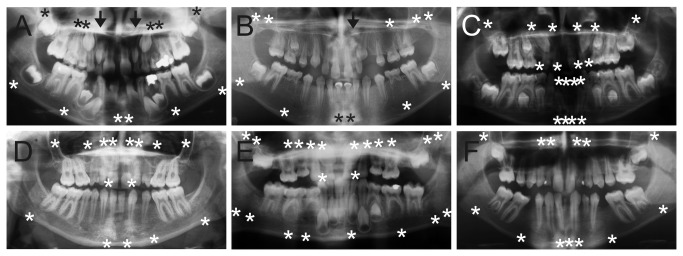Figure 1. Panoramic radiographs of dentitions with tooth agenesis.

Congenitally missing teeth are denoted with asterisks (*), and peg-shaped maxillary lateral incisors with arrows. All radiographs show many retained deciduous teeth. A. Dentition of a 15-year-old girl (family 219) with a heterozygous frameshift mutation K237SfsX2 in MSX1. All second premolars and third molars, maxillary first premolars and mandibular central incisors are missing. Maxillary lateral incisors are peg-shaped. B. 11-year-old girl (family 283) with a heterozygous missense mutation p. R47P in PAX9 lacks all third molars, two maxillary second molars, three second premolars and mandibular central incisors. Left maxillary lateral incisor is peg-shaped. C. Severe tooth agenesis in a 13-year old boy (family 46) with a p.R357W mutation affecting the TNF domain of EDA. 10 permanent and 8 deciduous teeth, mostly in the anterior region, are missing. Maxillary left central incisor is conical. D. 19-year-old woman (family 266) lacks all third molars and lateral incisors, both maxillary canines, three second premolars and two deciduous lateral maxillary incisors. She was heterozygous for p.R325W in EDAR, p. S103F in EDARADD and p.G165R in WNT10A. E. Only 12 permanent teeth have developed in 27-year old woman (family 208) with a compound heterozygote mutations p.R113C and p.E194AfsX28 in WNT10A. Maxillary deciduous lateral incisors were also missing. F. 16-year old boy (family 261) with a heterozygous p.F228I variant in WNT10A lacks 13 permanent teeth including all third molars, mandibular second premolars, maxillary canines and five incisors.
